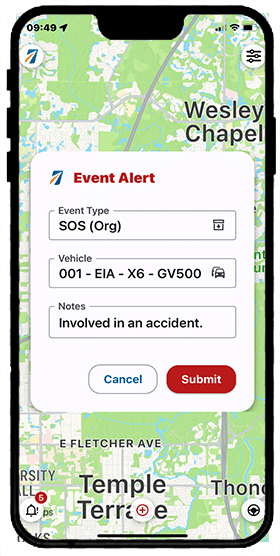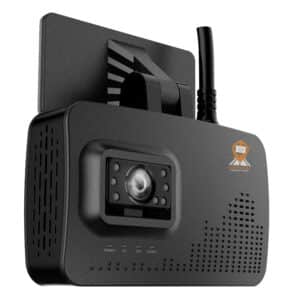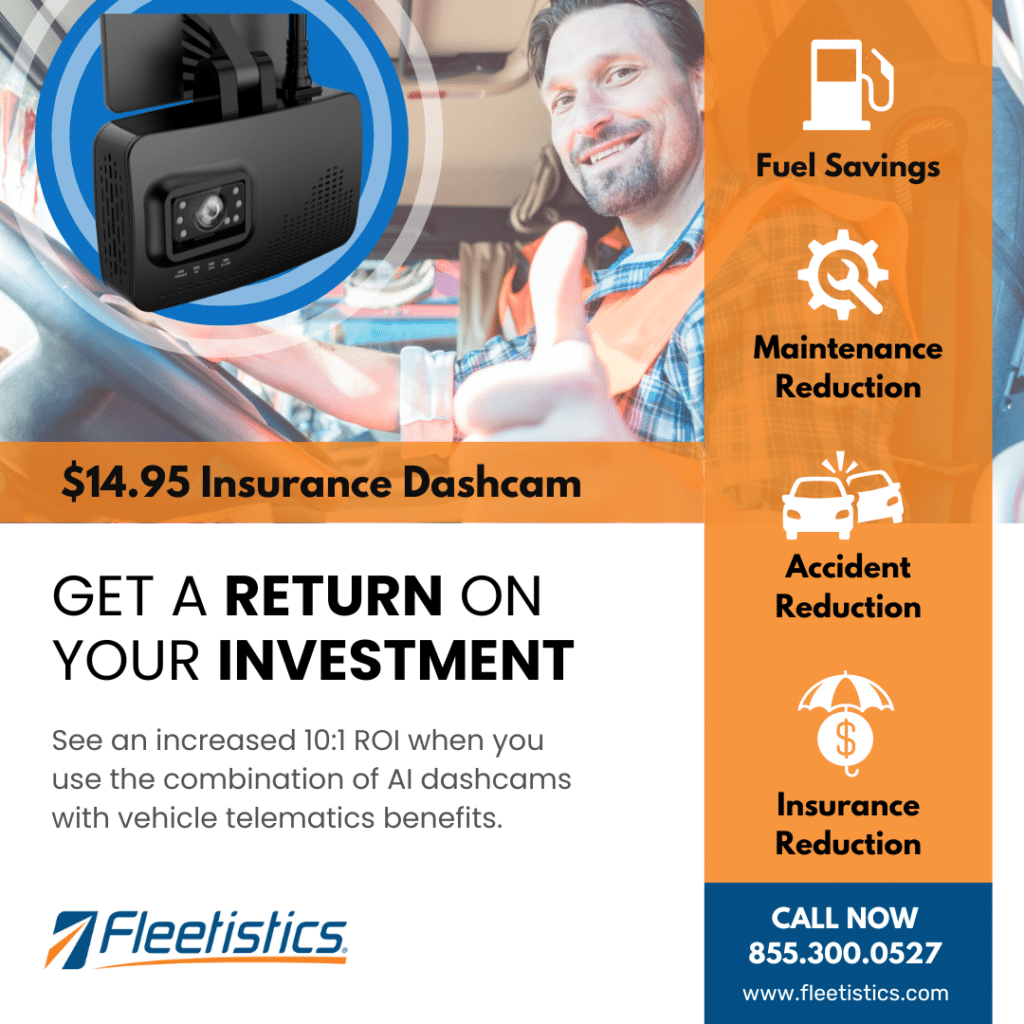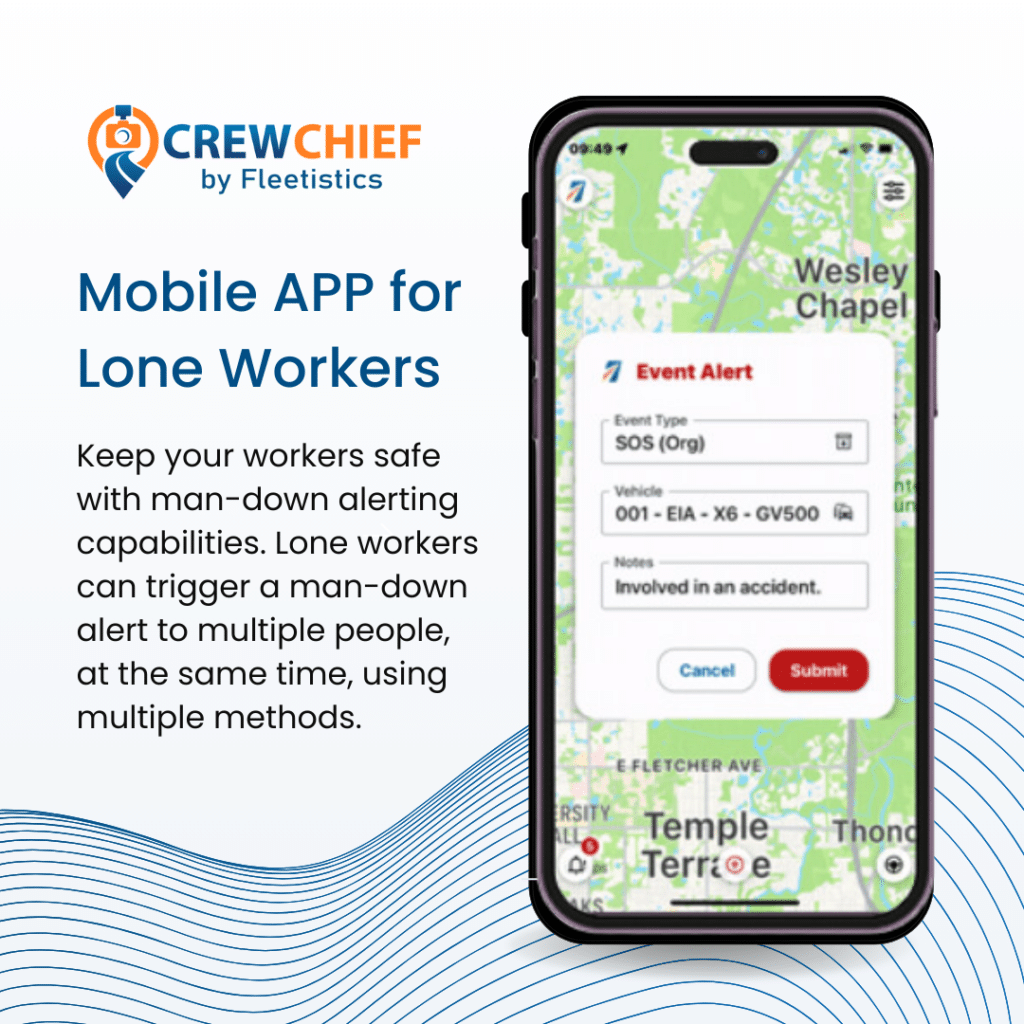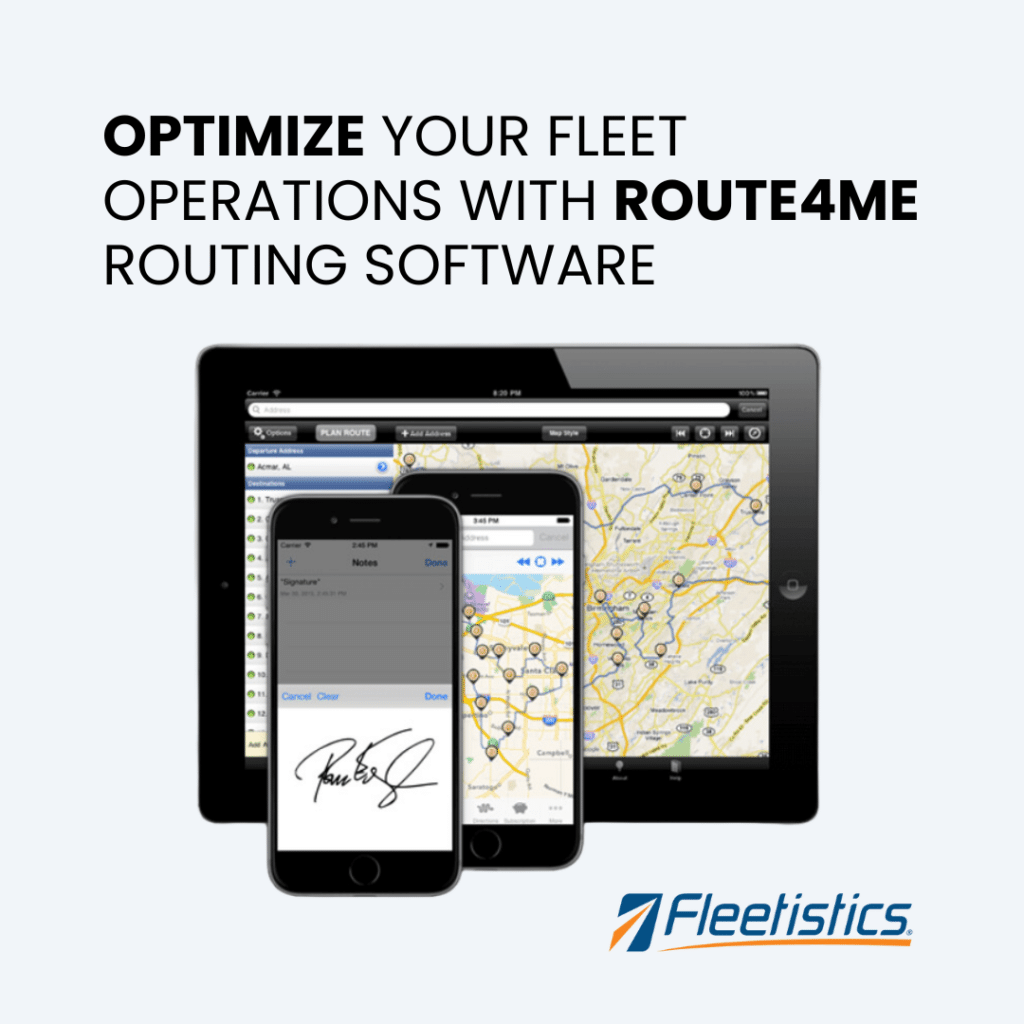Indoor Tracking Solutions
Here at Fleetistics we specialize in vehicle GPS/Telematics solutions, but did you know there are solutions out there that focus on real-time indoor tracking solutions? There are a variety of uses for this technology. In this blog, we will identify some key features, uses and solutions.
Why Indoor Tracking?
These devices when applied provide a variety of benefits. Take Industry for example, implementing these tags within companies can improve worker safety, process optimization and inventory management to name a few. In Healthcare, companies can track medical equipment, optimize hospital workflows and improve staff and patient safety.
Think about the safety and security industry. By using this technology organizations can increase staff and inmate safety, improve compliance regulations and so much more. These are just a few examples of the industries that can take advantage of this technology.
How it Works
Essentially the way it works is very similar to how our GPS/Telematics tracking solutions for vehicles and assets work. The tags, devices and sensors (in this case using Bluetooth) send the information to the locators which in turn go through the positioning engine. The end result is sent to the application whether it be through an API into a client’s application or the one provided.
Disney has a unique application for similar services. Instead of using Bluetooth technology they have been using Radio Frequency Identification (RFID) technology for several years. These MagicBands allow guests to enter theme parks, unlock their Disney Resort hotel room and buy foods and merchandise. It also allows the Disney theme parks to track the flow of guests from park to park.
Which is Better, Bluetooth or RFID?
So which is better: Bluetooth or RFID? The simple answer is neither. They are different solutions serving their individual purpose. Simply defined Bluetooth is a standard technology for short-range wireless connection of mobile phones, computers and other electronic devices. RFID uses electromagnetic fields to automatically identify and track tags that are attached to objects. Bluetooth is used to communicate between two Bluetooth compatible devices and has the ability to handle data and voice transmissions at the same time. This allows it to be used in a wide variety of applications. RFID is used to transfer a limited amount of information that is stored in the RFID tags such as product information and location information.
In short if the use case is in a centralized location with a limited amount of data needing to be transferred RFID would be suitable whereas if you are looking at tracking in a decentralized or larger area and have more information to transmit, using Bluetooth connected devices in a network is the way to go.
Is Indoor Tracking Right For Me?
The first thing a company needs to determine before deciding what indoor tracking solution is best for them are the business cases. In this blog we talked about some use cases in Industry, Healthcare and Safety & Security. If you have value in the tools onsite, the people in your organization, the items you sell you might consider an indoor RTLS solution. In the meantime, if you have vehicles or assets we can tell you all the benefits and features our out GPS/Telematics solutions. Feel free to contact us for more information.



